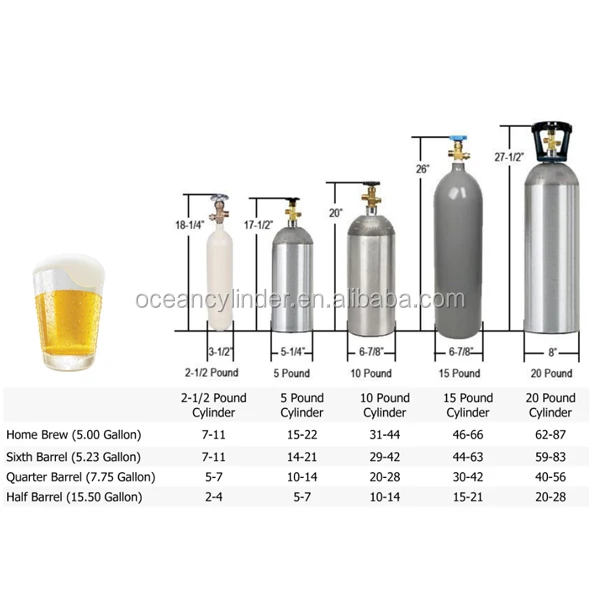Let’s be honest, Power Tanks are expensive. Extremely badass, but expensive.
I have had the privilege of test-running a 10-lb power tank for the last couple of trips. Big thanks to Tyler at MORRFlate for lending me his setup to see if CO2 was for me. My mind was blown when I saw all four 35″ tires air up in less than 60 seconds. You literally watch 15PSI reach 35PSI on four tires in real-time. Squishy turns to firm… fast.
The specific Power Tank I used was decked out with the Super Flow CO2 regulator kit (XP400 Pro Series) with the Super Coupler. This setup is seriously impressive. The build quality of the regulator alone is pure eye candy. The red on black with the Power Tank logo branded gauges might be enough for you to pull the trigger. The regulator, when connected to the tank, is far more impressive in person than pictures do it justice, and it operates flawlessly, as you would expect given the cost.
The XP400 is their top-of-the-line regulator and has some staggering numbers. It features 48 CFM (cubic feet per minute) flow rate at a maximum outlet pressure of 400 psi. Compare that to the ARB Twin we have installed with a 4.68 CFM flow rate at 29 psi with a max pressure output of 150 psi. There is literally no comparison here. This is not apples to apples, this is apples to something far more delicious.
Power Tank outperforms any portable compressor on the market when it comes to speed, and if speed is what you are concerned about, then a Power Tank is absolutely for you. Performance comes with a cost though.
Power Tank kits with the tank and regulator can run anywhere from $450-$750 or more depending on the accessories you buy.
The XP400 kit alone (with no tank) runs around $380 but you can find it for about $350 from other sites. If that’s a little too expensive, no worries, you can grab an entry-level regulator, the PT HP250i.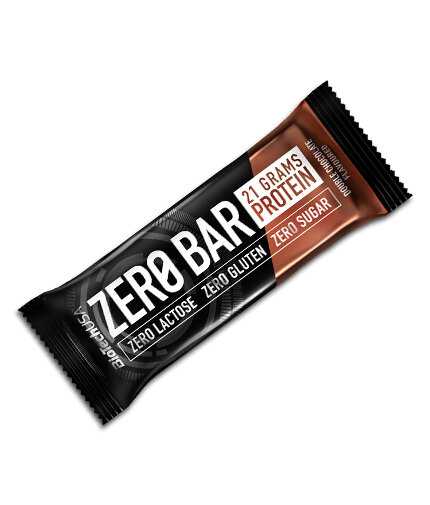
The HP250i features a 45 CFM flow rate at a maximum outlet pressure of 250 psi. This more affordable version is only $325 and you can find it other places online for $299.
I found a few of these on Craigslist for about 20% less than you will find online. If you do your research through Craigslist and Facebook marketplace, you might find a decent deal.
Oh that’s right, they are super expensive and I can’t afford one. Ok, let’s build a cheap one.
Well, the cost of building an exact replica of a dual gauge adjustable regulator like a Power Tank version can actually get pretty expensive. Before going all-in with a DIY setup, let’s address some items:
Questions to ask yourself:
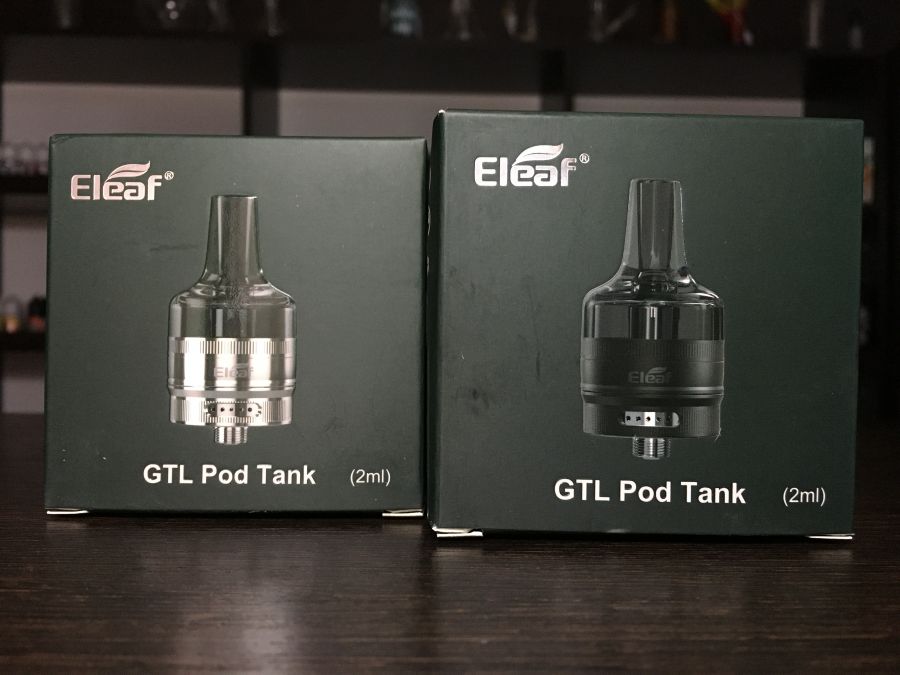 DIY Power Tank
DIY Power TankA DIY Power Tank is going to achieve the same end-goal for most users when compared to the brand name. With that in mind though, Power Tank does have multiple options with their tank sizes and regulators, so it’s important to consider the psi you need before deciding on either direction.
Running Air Tools?
Air tools made for general use with portable air compressors typically require 0 to 5 cubic feet per minute (CFM) at 70 to 90 pounds per square inch (psi), whereas with larger tools connected to stationary systems, the requirements usually exceed 10 CFM at 100 to 120 psi. – quincycompressor.com
Regulator & PSI?
Depending on the regulator you are running, you will see different psi output. With the Power Tank, you have a 400 psi and 250 psi regulator option. With a DIY version, you can run the fixed rate 150 psi regulator or something like this 400 psi (Power Tank replica) version.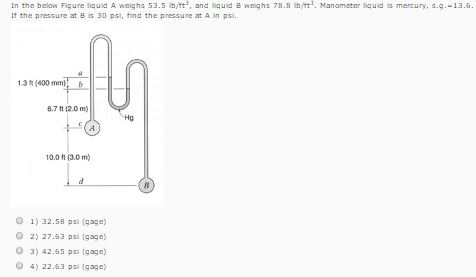 I cannot speak to the performance of this 400 psi replica version, but it has decent reviews. If you don’t want to piece together your own regulator, consider the replica version.
I cannot speak to the performance of this 400 psi replica version, but it has decent reviews. If you don’t want to piece together your own regulator, consider the replica version.
How much psi do you need?
For the most part, 150 psi will cover most air tools you may need on the trail along with airing up tires quickly. If you don’t “need” 250 psi and don’t want to fork over the coin for a Power Tank, then maybe look at a DIY option. It really just depends on your situation. For most off-roaders and overlanders, 150 psi is plenty. The difference between 150, 250 and 400 psi is speed and power. The higher the psi flow, the faster you can air up your tires. Finally, some air tools require a high psi which is another reason why you might want to go with a high-flow psi regulator.
Let’s look at the components that make a portable CO2 tank with a decent regulator.
Note: I used a 5-lb tank from an old kegerator I had. However, I highly recommend the 10-lb tank if you are going to build one. I will explain why later. Just know that is likely the only thing I would have differently below.
However, I highly recommend the 10-lb tank if you are going to build one. I will explain why later. Just know that is likely the only thing I would have differently below.
For a tank, you can grab a 5-lb or 10-lb tank from Amazon, or even Craigslist. If you can jump on Craigslist, sometimes you can find a really good deal on a CO2 tank. But, just be careful here and know what to ask when shopping. The Department of Transportation (DOT) requires that most portable CO2 tanks, both new and used, be recertified every five (5) years so always ask how old a CO2 tank is before buying one. If the tank is 5+ years old, don’t buy it or just low-ball the person and then exchange the out of date tanks for the standard fee + recertification cost at a fire extinguisher company near you.
5-lb, 10-lb or 20-lb tank?
If the budget allows, you should opt for a larger tank. The smaller the tank, the more often you will need to refill it, but on the other hand, it is the most compact of the three sizes. The 10-lb tank is going to be the middle of the three and is probably the happy-medium of pressure capacity and physical size as well. A 20-lb tank is likely going to be too big for most 4Runner and mid-size off-road builds but may work on some full-size off-road/overland builds given you have space to accommodate it.
The 10-lb tank is going to be the middle of the three and is probably the happy-medium of pressure capacity and physical size as well. A 20-lb tank is likely going to be too big for most 4Runner and mid-size off-road builds but may work on some full-size off-road/overland builds given you have space to accommodate it.
The regulator is the most important part of your DIY CO2 tank, so what features do you want?
Let’s start with what psi you need.
As previously mentioned, you can keep it fixed at 150 psi output, or even less. For running air tools, you can also run that same 150 psi and likely be fine. If you for some reason need to adjust the psi coming from the tank into your tires or tools, then an adjustable CO2 regulator is what you want, which is what Power Tank offers.
On our DIY tank, we added a secondary regulator in order to drop our psi down from that fixed 150. If you are looking to fill air lockers with CO2, 150 psi will be too high and you will want to regulate your air down to about 80-100 psi so you don’t blow any seals.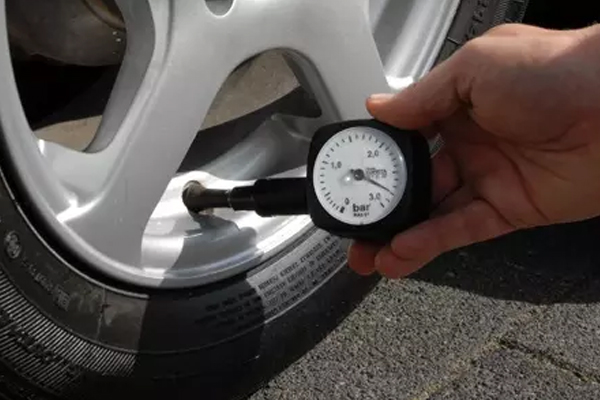 You can add a secondary fixed regulator to the 150 psi fixed regulator in order to air up your lockers. If you are going this route though, you should probably be looking at an adjustable regulator like the PT or the replica version, or of course, you can just build your own.
You can add a secondary fixed regulator to the 150 psi fixed regulator in order to air up your lockers. If you are going this route though, you should probably be looking at an adjustable regulator like the PT or the replica version, or of course, you can just build your own.
For our case with 35″ tires, I don’t see the need for 400 psi or even the 250 psi regulator; but if you have other needs like airing up 40″ tires really fast, then maybe larger rated psi regulator is for you.
Some air tools require really high psi as well, so if you are looking to run air tools with high psi requirements then consider a higher psi rated regulator.
Pictured above is the fixed-rate 150 psi regulator and a single ARB quick connect 1/4″ air coupler. This is the most basic DIY regulator you can run. You can connect an air hose straight to this regulator/coupler and start airing up your tires.
The fixed-rate (no valve to regulate the pressure) 150 psi regulator will provide a “fixed-rate” of 150 psi into our tires.
There is nothing technically wrong with this setup at all. It’s quick, easy and just works.
We went a step further with ours though.
Your secondary regulator is going to control the pressure coming out of your first regulator. If your first regulator is a static 150 psi, then your second regulator can drop that psi down further.
If you need to air your lockers or anything else that requires a lower psi, then this regulator will control that. From here, we can adjust our psi down to 80 psi or even lower depending on our needs. For this part, you can go with an affordable option like the Bostitch (1/4″ inline regulator with 1/8″ gauge fitting) or step it up and go with an upgraded option when you buy a 1/4″ regulator and 1/8″ gauge independently of each other.
Originally, I purchased the Bostitch and even though it works, I wasn’t thrilled with the performance. The adjustment dial started sticking after a few times of use.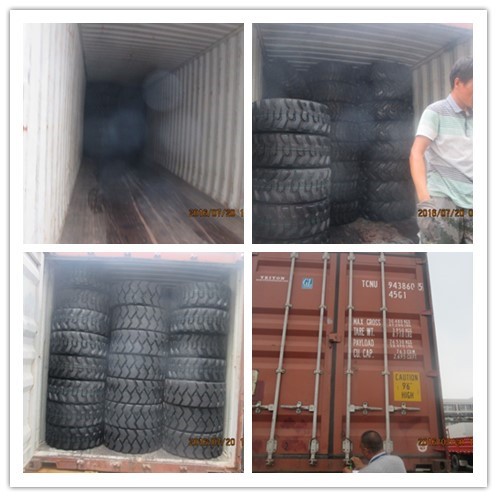 After quite a bit of digging online, I found the SPEEDAIRE air regulator and it has worked great.
After quite a bit of digging online, I found the SPEEDAIRE air regulator and it has worked great.
Adjustable, dual gauge, single gauge or no gauge?
You don’t “need” a gauge on your regulator to air up your tires, but they might help, depending on your situation. At the end of the day, all you really need to air up your tires is the one main regulator and a coupler. That’s it.
If you want to read the pressure inside your tank, then you would want to add a psi gauge that is rated for that tank. For example, a 5-lb or 10-lb CO2 tank when full will read 600-1000+ psi depending on the temperature so you use will a gauge that is 800 psi or over in order to read that tank. In our case, we are running a 0-2000 psi gauge.
But, just because your tank reads 600-1000+ psi doesn’t mean you have a full tank. CO2 is mostly a liquid state inside the tank and a small portion of gas at the top. The 600-1000 psi should stay constant throughout uses.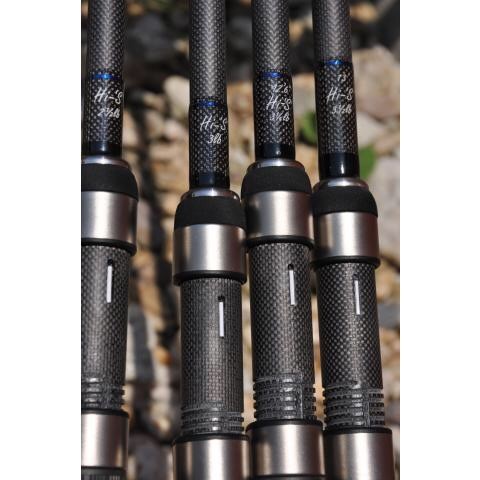 Psi will drop or rise depending on temperature. If the tank is nearing empty, then the psi will drop drastically but only once the tank has reached mostly gas, not liquid.
Psi will drop or rise depending on temperature. If the tank is nearing empty, then the psi will drop drastically but only once the tank has reached mostly gas, not liquid.
You really don’t need this gauge, though. You can feel when the tank starts to get empty just by lifting it up.
With a fixed regulator like the Gentec 227C-150, you have a set psi (150) that is coming out of the tank. That means you can’t lower or increase the pressure unless you add a secondary regulator.
Our bottom gauge is connected to the SPEEDAIRE air regulator. This is a 0-160 psi gauge that will read the output pressure of the tank and we control that with the SPEEDAIRE regulator adjustment knob.
With the SPEEDAIRE air regulator, we can control the exact psi coming out of the tank.
There are lots of couplers out there.
From the ARB quick connect we used to basic brass 1/4″ couplers on Amazon or Home Depot, you can find affordable options out there. You may even have one laying around your garage. There are high-end brass fittings and then zinc-plated steel fittings for cheaper.
You may even have one laying around your garage. There are high-end brass fittings and then zinc-plated steel fittings for cheaper.
Some of the universal zinc-plated steel kits from China can have warped threads while the single brass fittings tend to be higher quality, but not always. Some pre-packed kits can be nice. It really just depends on the brand.
We had a left-over ARB coupler from the ARB twin compressor we are running so that’s what I used.
We went with a pretty cheap version for a handle. You can find the “Power Tank” style handles on eBay or Amazon but even the off-brand versions are expensive, sitting around $40+.
Whatever you are looking for when it comes to a handle, just make sure the inside diameter of the handle matches the outside diameter of your tank. There are lots of scuba tank handles out there but not all of them match regular co2 tanks out there.
We had to modify our handle with a file in order for it to fit the circumference of the co2 tank. We took about 1/8″ off around the entire inner diameter.
We took about 1/8″ off around the entire inner diameter.
SAFTEY DISCLAIMER: This handle is not an added level of protection. Pease do not travel with this regulator attached to the tank while driving. The handle on this tank does nothing in the way of protecting your regulator. Power Tank on the other hand offers an extremly strong handle designed to protect the regulator and the main valve. You can find the Power Tank handle here, or the cheaper DIY version here. There is no gauruntee that the DIY version is going to be as strong as the branded version. Use yoru best judgement. Trail4R.com is not responsible for transportation methods of DIY tanks.
For the most part, we are going to run our setup through a MORRFlate but there are many options.
If you do not have a 2- or 4-way tire inflation/deflation kit or don’t want to spend the money on one, there are plenty of single options out there. You can find many 150 psi rated straight or coiled air hose lines for around $20-$50.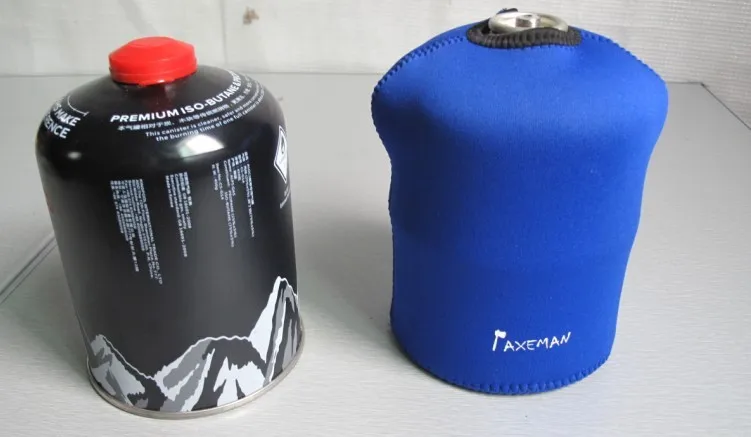
For coiled lines, you can go with a cheap option from Interstate Pneumatics or an upgraded option from Flexzilla, like their Air Recoil Hose.
For flat lines, you want to look at Flexzilla Pro Air Hose, they make some of the best non-binding hose options out there, but there are many other options.
Your inflator and/or inline tire pressure gauge is incredibly important. This is one area you don’t want to skimp. Tire pressure gauges can range from $15-$50+.
Having a nice gauge is important because, typically speaking, the higher the quality gauge you have, the more accurate the reading of the psi is.
If you buy a cheap gauge, your psi readings may be off and can result in inaccurate tire pressure. You want your readings to be as accurate as possible so all four tires are running the recommended tire pressure.
After 3 months of testing the Power Tank, and the DIY tank, I learned a lot. There was a lot of trial and error while building the regulator. I was constantly testing new parts and products which resulted in blowing through CO2. This caused the need to drive 30 miles both ways to go refill the tank in order to keep testing. At the end of the day, the regulator is solid and works for how I intend on using it… airing up my 35″ tires.
I was constantly testing new parts and products which resulted in blowing through CO2. This caused the need to drive 30 miles both ways to go refill the tank in order to keep testing. At the end of the day, the regulator is solid and works for how I intend on using it… airing up my 35″ tires.
Between the Power Tank and the DIY version, the Power Tank obviously wins. It’s a much higher-quality build, has a lifetime warranty, and is more capable than this DIY option.
Testing the tanks:
I tested both units using the MORRFlate on four 35″ (35×12.5R17) Tires.
The DIY version was fixed at 150 psi and the Power Tank was running the 400 psi regulator but set at 150 psi. I think the Power Tank was pushing a true 150 psi but the DIY tank was not technically pushing exactly 150 psi out of the tank. I was able to get two full refills from the 5-lb DIY Tank (150 psi) at 18-35 psi. I did have about 10% left in the tank but not enough for a full refill.
I did have about 10% left in the tank but not enough for a full refill.
I will come out with another article that compares multiple tank sizes, swapping regulators, and for the sake of the blog, I will likely buy my own Power Tank. They really do make a kick-ass product. I still have a lot to cover here; storage in the 4Runner, mounting the tank, Nitrogen, testing air tools on the DIY regulator, airing up lockers, setting a bead, and more.
What should you buy?
If you are reading this then it probably comes down to cost. I just added everything to my Amazon cart and it came out to $165.76 + $18 for the secondary SPEEDAIRE regulator. Your grand total would be around $183 for a DIY 10lb version vs. $500 for a 10lb basic package Power Tank. If you want a fixed-rate 150 psi CO2, you can get a 10lb tank set-up for around $120.
I am looking into getting a power tank for onboard air. I was wondering if any of you guys have experience with them. Are they a good way to go? What size would be the best? I am running 37 inch tires. What are the advantages and disadvantages of going this way.
I was wondering if any of you guys have experience with them. Are they a good way to go? What size would be the best? I am running 37 inch tires. What are the advantages and disadvantages of going this way.
For 37's I would go with a 20lb tank. It will last longer(obviously) A 10lb will probably do around 30 37" tires from 15psi-30psi. That ends up only lasting 8 runs. I would go big the first time...mainly for the tire size.
I have a 10lb and run 33's for now.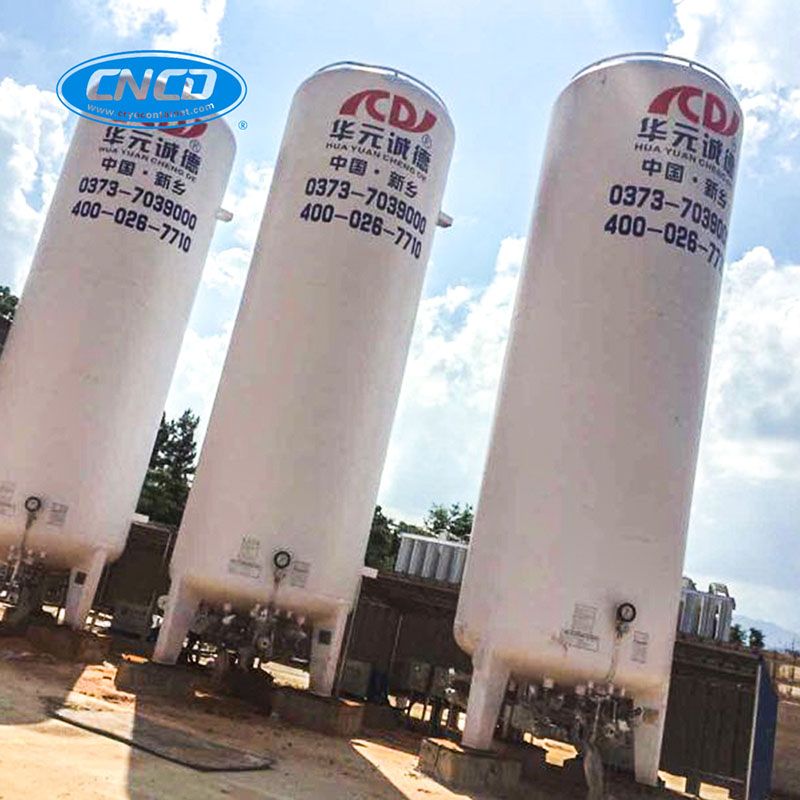 I love having it readily available. It is quick at getting tires inflated. the main downfall is running out. I just ran out and haven't gotten it refilled yet.
I love having it readily available. It is quick at getting tires inflated. the main downfall is running out. I just ran out and haven't gotten it refilled yet.
I love my 10 lb. but living in Logan, now in Moab, I have found it difficult to get it filled unless you live in a larger city.
But other wise it is great.
What places can you get them filled at?
Both slc and provo/orem areas have paintball stores.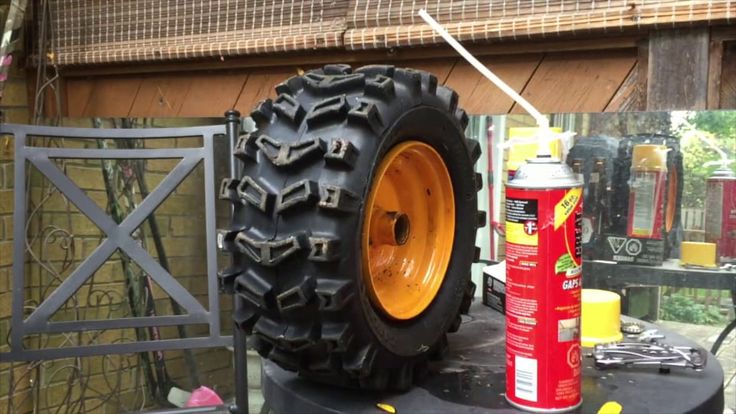 They will have the source
They will have the source
I'm thinking about going this way also, with the biggest tank they have (39.5" irocs)
I would personally go with the largest tank you can reasonably fit. The larger the tank you have the less you have to fill it.
The larger the tank you have the less you have to fill it.
I have a 10, 15 & 20 lb'er... I couldn't decide which one I liked I guess... it wouldn't hurt to have a couple, especially if your buying your own tanks (I've never paid more than $50 for a tank, however they are NOT Powertanks, et. all). Keep an eye out in the classifieds, etc. I got my 10lb aluminum tank from KSL, the guy used it to brew beer. And my 20lb was an old soda machine bottle. .. $30 I think
.. $30 I think
You can get them filled in SLC @ BEVCO, however they will not fill Coke, Pepsi, or Bagley bottles, so those you will have to find another source. Bagley will fill their bottles for ~$15 (thats my 20lb'er), or they will fill others for ~$1/lb.
For the longest time I was a huge fan of CO2, however I quickly learned the downfalls of CO2 on a recent trip. When the ambient outside temperature is COLD, the CO2 will freeze inside of the tank... Not a biggy for everyone but keep that in mind depending on your application. It took us an hour to fill 12 tires from ~15 back up to 40 psi as the bottle kept freezing up.
cruiseroutfit said:
I have a 10, 15 & 20 lb'er.
.. I couldn't decide which one I liked I guess... it wouldn't hurt to have a couple, especially if your buying your own tanks (I've never paid more than $50 for a tank, however they are NOT Powertanks, et. all). Keep an eye out in the classifieds, etc. I got my 10lb aluminum tank from KSL, the guy used it to brew beer. And my 20lb was an old soda machine bottle... $30 I think
You can get them filled in SLC @ BEVCO, however they will not fill Coke, Pepsi, or Bagley bottles, so those you will have to find another source. Bagley will fill their bottles for ~$15 (thats my 20lb'er), or they will fill others for ~$1/lb.
For the longest time I was a huge fan of CO2, however I quickly learned the downfalls of CO2 on a recent trip. When the ambient outside temperature is COLD, the CO2 will freeze inside of the tank... Not a biggy for everyone but keep that in mind depending on your application. It took us an hour to fill 12 tires from ~15 back up to 40 psi as the bottle kept freezing up.
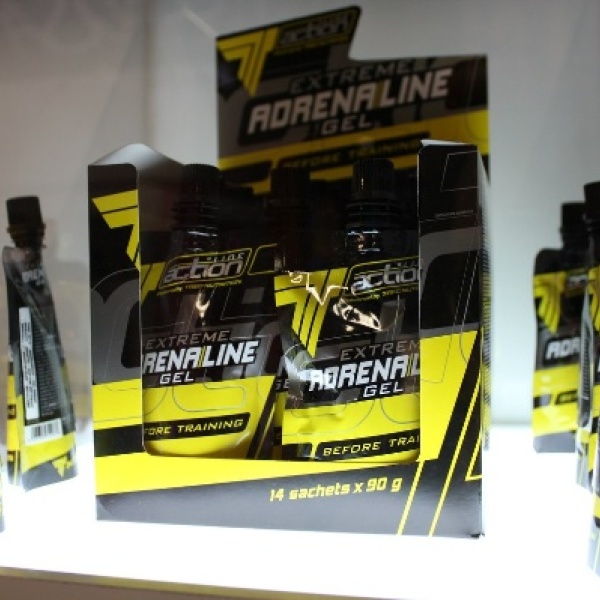
Click to expand...
What about regulators, do all the bottles mentioned here use the same regualtor? I've seen gaugeless ones, that might be an advantage (breakage)?
what is Bagley?
Onboard air
I think that is the best route. I'm in mine approx $300.00. I ran power tools all night and never ran out of air. Go with the York compressor or you will be wasting time. My.02
My.02
Don't waste your money on a powertank, built it yourself. Universal cylinders sells used tanks that have been pressurred tested (required every 5 years) for as little as $37.00 filled with valve. See Mel he owns the place. Than go to Bevco in SLC where they sell adjustable rebuilt recgulators for as little as $40.00. See the owner, I can't remember his name off the top of my head. He guarantees all the rebuilt regulators. Then go to EVCO house of hose and geta quality air hose.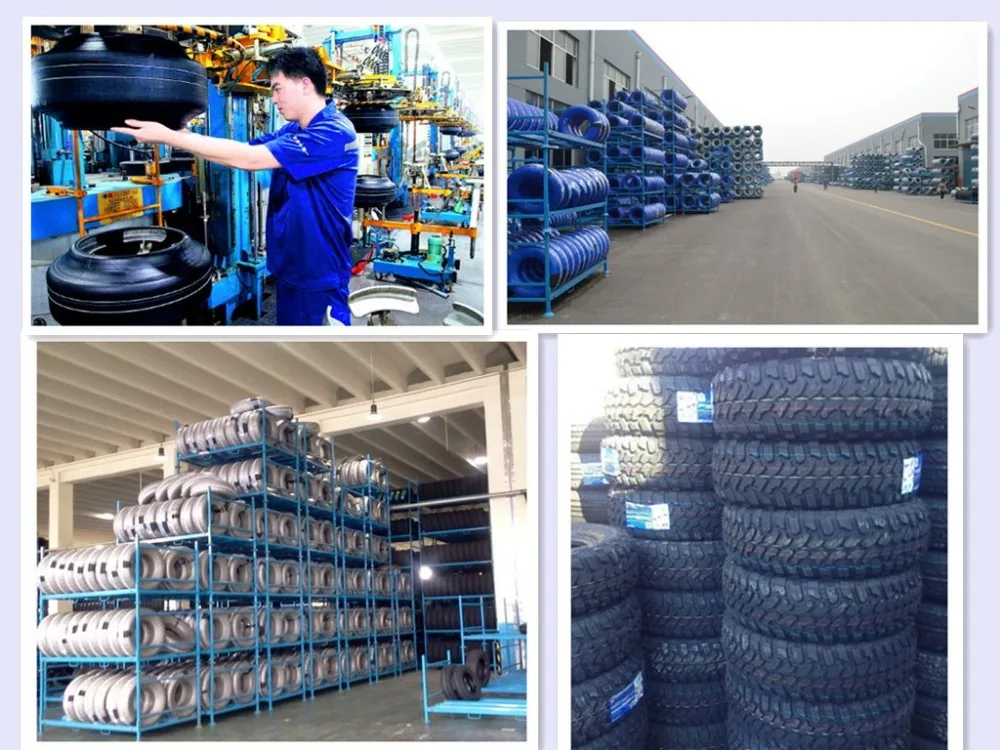 After it's all said and done you'll spend roughly $110.00 for the whole set up and you'll be filling tires faster than anyone on the trail to include those with a kilby system. As for what size, I carry two 10lbs. that way I have one filling and still have one ready to go on a moments notice. Then again I don't have 37.5 tires either.
After it's all said and done you'll spend roughly $110.00 for the whole set up and you'll be filling tires faster than anyone on the trail to include those with a kilby system. As for what size, I carry two 10lbs. that way I have one filling and still have one ready to go on a moments notice. Then again I don't have 37.5 tires either.
ZUKEYPR said:
Don't waste your money on a powertank, built it yourself.
Universal cylinders sells used tanks that have been pressurred tested (required every 5 years) for as little as $37.00 filled with valve. See Mel he owns the place. Than go to Bevco in SLC where they sell adjustable rebuilt recgulators for as little as $40.00. See the owner, I can't remember his name off the top of my head. He guarantees all the rebuilt regulators. Then go to EVCO house of hose and geta quality air hose. After it's all said and done you'll spend roughly $110.00 for the whole set up and you'll be filling tires faster than anyone on the trail to include those with a kilby system. As for what size, I carry two 10lbs. that way I have one filling and still have one ready to go on a moments notice. Then again I don't have 37.5 tires either.
Click to expand...
I completely agree. Build it yourself, and save the money. I use a 20lb tank and can fill my 33's from 12psi to 30psi about 9 times.
timpanogos said:
What about regulators, do all the bottles mentioned here use the same regualtor? I've seen gaugeless ones, that might be an advantage (breakage)?
Click to expand.
..
CO2 cylinders use a standard regulator fitting, so theoretically they should fit all of them. I know my regulator fits my 3 bottles... As mentioned above, get a used reg. from Bevco (I've picked up a couple from them with good results).
timpanogos said:
what is Bagley?
Click to expand...
Bagley Carbonic, they are a CO2 company... others (BEVCO for ex.) won't fill their bottles.
good info . .. thanks all
.. thanks all
Yeah, a standard valve is a CGA320, which is what we'd usually use for this application. Another reason I use a 20lb tank is that it is such a common size. Instead of taking my tank in and waiting (sometimes a few days) for a refill, I just instantly exchange it for a full tank.
10 lb is 640 gallons of air at constant reg. pressure. so 20 lb is double that. don't buy a 5 lb I have never needed more than a 10 and I run 38 inch tires. You can save money if you build it yourself, but not a ton. It can be nice to get the bracket hose tank and reg all at the same time. Other companies besides powertank are out there and they are more affordable. I have had both powertank and the source and they work the same. My .02
pressure. so 20 lb is double that. don't buy a 5 lb I have never needed more than a 10 and I run 38 inch tires. You can save money if you build it yourself, but not a ton. It can be nice to get the bracket hose tank and reg all at the same time. Other companies besides powertank are out there and they are more affordable. I have had both powertank and the source and they work the same. My .02
I've got 39.5x13.5, they are going to take some air . . but since I'm going to be an OHV trailer baby ... not sure I will ever want to air them up anyway?
. but since I'm going to be an OHV trailer baby ... not sure I will ever want to air them up anyway?
If I jack stand it between runs ... those bias tires are not going to care are they? Will it trailer bad with low air?
if you trailer it then you only need the air to reseat beads and run tools and stuff. 10 should be fine. if you are airing up and down alot then you need a 20. If you need that much air get two ten lb tanks. your tires won't care. I have bias ply and my air gauge won't even register how much air is in my tire.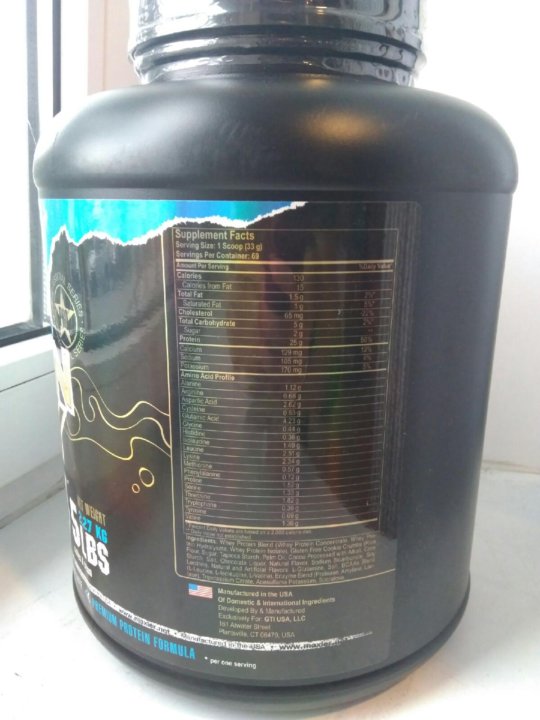 your tires will have dead spots until they warm up though.
your tires will have dead spots until they warm up though.
scoutabout said:
I completely agree. Build it yourself, and save the money. I use a 20lb tank and can fill my 33's from 12psi to 30psi about 9 times.
Click to expand...
x3
Waste of money for the Powertank name. I was given a tank and bought a set regulator ($30), handle ($40) and mounting bracket ($40) for a little over $100 online.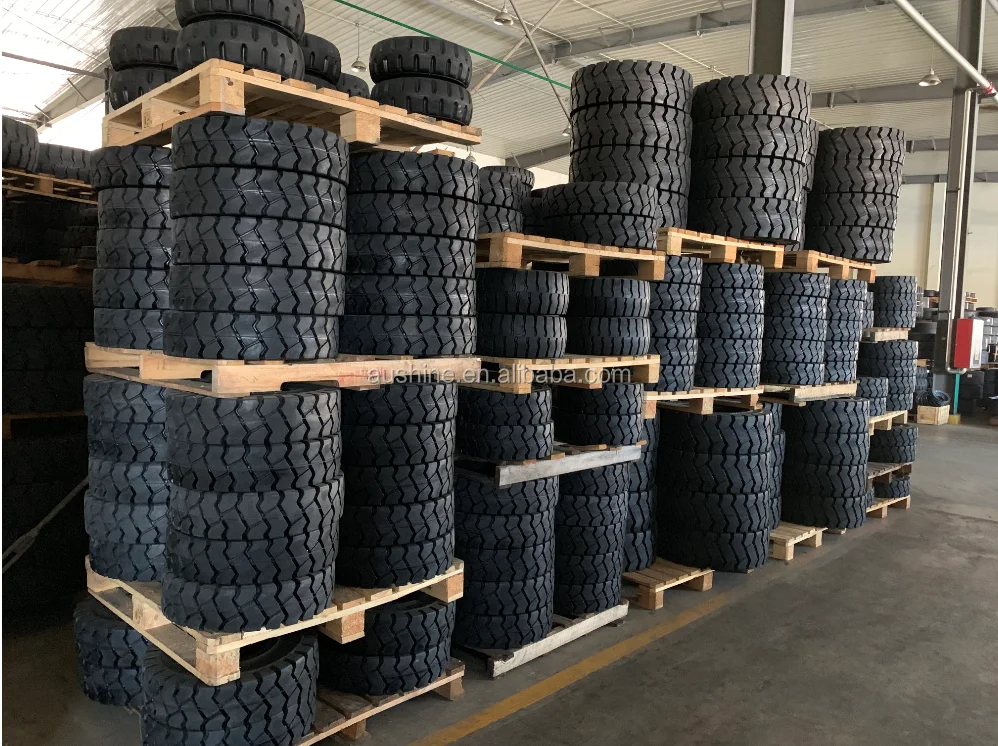 I still don't understand why you need guages on the regulator? With CO2 its all or none. It's not going to tell you when you are out of gas....the only way you can tell if you are out is weight. The set up has been good to go so far.
I still don't understand why you need guages on the regulator? With CO2 its all or none. It's not going to tell you when you are out of gas....the only way you can tell if you are out is weight. The set up has been good to go so far.
Imagine: you have a paintball gun and you are ready to storm the field with your teammates, but in the heat of battle, your air tank runs out. What are you doing?
Well obviously you'll need to refill it so you can get back into the game. However, refilling a tank is no different than pumping air into tires. Understand that air tanks operate at 4,000 to 5,000 psi. Typical compressor you use for vehicles? Only about 180 psi or more if you're lucky.
So, can you use a tire inflator to fill your paintball air tank? The short answer is no.
There are special air compressors used to fill paintball gun air tanks.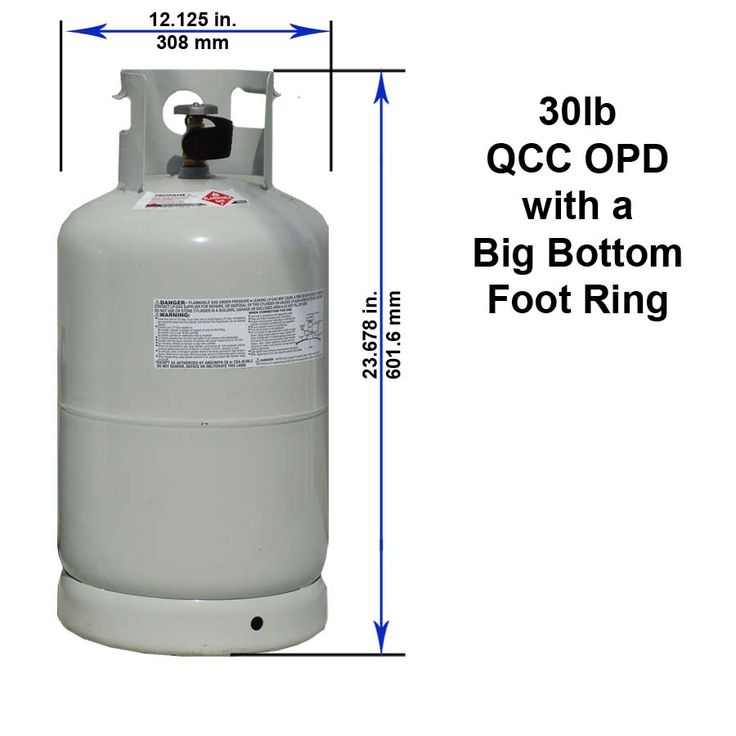 If you're serious about the game - or if you have the money to do so - you can buy these tanks for your personal use.
If you're serious about the game - or if you have the money to do so - you can buy these tanks for your personal use.
However, most players refill their tanks at one of two places: (1) the paintball field or (2) the paintball shop. They will let you use an air compressor for a small fee. Many of these compressors work in exactly the same way. If you've ever filled a flat tire, then refilling the tank shouldn't be a problem. They are actually easier to fill because of the handy pressure gauge that comes with the air compressor.
Before we move on to the step-by-step guide to filling a tank, it is important to first determine your tank type. Don't worry - when it comes to actual tank content, there are actually only three types: HPA, CO2, and Pure Nitrogen.
HPA or high pressure compressed air cylinders contain high pressure oxygen. The biggest ones have around 5,000 psi pressure and will give you powerful shots in the field. The other contains CO2 or compressed carbon dioxide. Who cares? Well, compressed CO2 is often in liquid form rather than gaseous. It only becomes a gas when you release it from a canister or, in fact, when you pull the trigger on your paintball gun.
Who cares? Well, compressed CO2 is often in liquid form rather than gaseous. It only becomes a gas when you release it from a canister or, in fact, when you pull the trigger on your paintball gun.
Finally, there is a tank of pure nitrogen, which is very rare. If you need such a tank, it may be difficult for you to fill it - even at your local paintball station. For this reason, it's best to stick with HPA or CO2.
However, here comes the key question: what type of tank will give you the best performance in the field? The general opinion is HPA tanks. This means that most players prefer to use HPA over CO2, but why?
First, CO2 is temperature dependent. If the environment around the tank becomes too hot, there is a chance that the liquid inside will expand and cause damage to the internal integrity of the tank. If the temperature is too low, the CO2 will compress, so the pressure inside the tank will actually decrease, making it impossible to shoot long distances.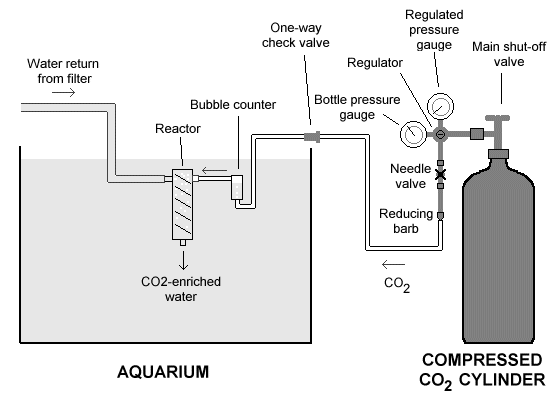 Because paintball is often played on a field where heat and cold can be extreme, this can be a big disadvantage for CO2 tank users. Also, CO2 has to change from liquid to gaseous with each shot, which means you won't be able to shoot in quick succession.
Because paintball is often played on a field where heat and cold can be extreme, this can be a big disadvantage for CO2 tank users. Also, CO2 has to change from liquid to gaseous with each shot, which means you won't be able to shoot in quick succession.
So why do some people still use CO2? Well, the main reason is the price. CO2 tanks are much cheaper and actually cleaner when you take an environmental point of view into account. However, in terms of efficiency, HPA works better.
Once you have found your gas station, the next step is to fill your tank. Obviously, the HPA tank compressor is different from the CO2 tank compressor. Ideally, your gas station should have both. Here's how to do it:
Your tank should have an indicator of how much PSI it should contain. The maximum is usually 4500 psi, so you should NEVER exceed this value.
Please note that if you have a CO2 tank, it must first be cooled down to stabilize the temperature inside the tank. This will make it easier for you to complete it.
This will make it easier for you to complete it.
Take a close look at the nozzle that will be connected to your air tank. There should be a small dark o-ring designed to prevent air from escaping after you attach it to the tank. If you can't find the o-ring, then the tank won't fill up because the air will just escape through that tiny surface. Call someone if you notice the O-ring is missing.
However, if there is an o-ring, simply pull back the collar of the attachment so that the center needle is fully open. Connect it to the tank through the filling nipple. Make sure it is secured by slightly rocking the hose. The fastening must be strong.
Once you are sure of the nozzle, slowly bleed air into the reservoir. This can be done by pressing the compressor lever. Some compressors come with buttons, so be careful.
In any case, do not press the lever or button all the time. You want the fill to be slow and sure, not fast. As it fills, the pressure gauge needle should move up. Again, paintball air tanks are only 3,000 or 4,500 psi, so you need to know which category your tank falls into.
You want the fill to be slow and sure, not fast. As it fills, the pressure gauge needle should move up. Again, paintball air tanks are only 3,000 or 4,500 psi, so you need to know which category your tank falls into.
There will be two sensors - one attached to your weapon and the other to the air compressor. It's a good idea to watch both when you fill up the tank to check the operation of the pressure gauge. Ideally, both sensors should move the same way, telling you that they are both working correctly.
One of the biggest mistakes you can make when filling a tank is filling it too quickly. This is called "hot filling" and happens when you push the lever or button too hard. The air is simply expelled from the compressor into your tank, causing the pressure gauge to rise quickly. You don't want this to happen because it could damage the tank and cause you to reevaluate the contents of the tank.
Hot fill only appears to fill the tank. Shortly after shutting off, the air will become hot and the pressure gauge will drop even if you are not actually using the tank. To prevent this from happening, keep the filling process slow. The last thing you want is for the tank to suddenly empty 15 minutes after you filled it up.
Shortly after shutting off, the air will become hot and the pressure gauge will drop even if you are not actually using the tank. To prevent this from happening, keep the filling process slow. The last thing you want is for the tank to suddenly empty 15 minutes after you filled it up.
This is the most important step that many beginners forget. After you finish filling with air, there will still be some air in the air compressor ready to be pumped into the reservoir. This air must be released through an exhaust valve attached to the air compressor. Pressing this will allow all excess air to escape. This will make a loud "whistling" sound, so don't worry about it.
Failure to release pressure can be problematic because it means that air is still passing through the hose after the release. This can damage the tank, especially the filler pipe.
Once the pressure has been released, you can disconnect the hose from the filler nipple. Just do everything else in reverse order, starting with the collar. Pull it down and remove the hose from the mount. Place the hose carefully back on the table and you are ready to go!
Just do everything else in reverse order, starting with the collar. Pull it down and remove the hose from the mount. Place the hose carefully back on the table and you are ready to go!
The simple answer is no. You can't just switch to a CO2 tank after using an HPA tank with the same paintball gun. Paintball guns come with markers that tell you if they are for HPA or CO2. You can't use an HPA tank on weapons with CO2 markers and vice versa - otherwise you'll ruin the weapon itself.
Keep in mind that no one is born knowing how to fill the air tanks of their paintball guns. Therefore, if you are not sure or confused, do not be afraid to ask for help. Many paintball enthusiasts are happy to help beginners keep the sport going strong and growing. It's also a good idea to watch others as they fill their tanks to better understand how to approach each step. Pretty soon it will only take muscle memory to do all of this.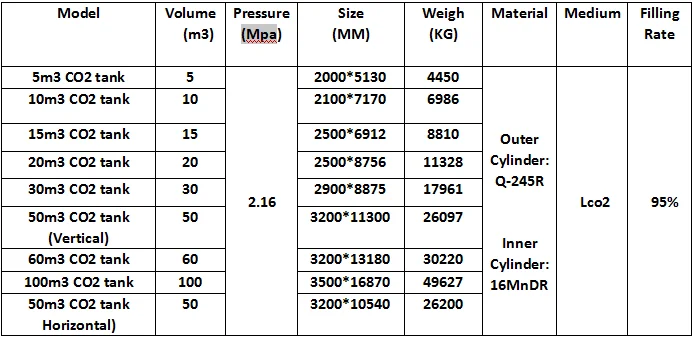
In short, filling your paintball gun's air tank is a simple matter of putting the right parts together. As you get used to this process, you will find that it becomes easier and almost automatic. However, you will notice that playing often also means refueling often, so if you can invest in your own air compressor it could actually save you a ton of dollars in small fees.
Sharing care!
eighteen shares
First and last name
Email address
Message
FINANCIAL AND MEDICAL DISCLOSURES
HobbyKraze is a member of the Amazon Services LLC Affiliate Program, an advertising affiliate program designed to provide website owners with the means to earn advertising fees through ads and links to other.co.uk a website that may be linked to the Amazon Service. Affiliate Program Ltd. As their partner, we earn on eligible purchases.
Affiliate Program Ltd. As their partner, we earn on eligible purchases.
The information contained on this website does not constitute medical advice and is not endorsed by medical professionals. All content on this site is for informational purposes only.
We are an independent property and the views expressed here are our own.
Let's talk
Facebook Twitter Instagram pinterest
st. Lavaca, 1401, PMB 40510
Austin, TX 78701
Subscribe to updates
Explore the world, unleash smart hobbies and awaken the joy of life in yourself!
Full name
Email address
© 2022 Hobbycraze. All rights reserved.
Where can I fill up my paintball tank?
Can I fill up a paintball tank at a gas station? Portable air tanks can be refilled at almost every gas station that has an air pump. However, paintball air tanks will need to be refilled at gas stations.
However, paintball air tanks will need to be refilled at gas stations.
Where can I fill up my paintball CO2 tank? One of the best places to refill this type of tank is a paintball shop or paintball field. Most stores and fields have stocks of CO2 and all the necessary equipment to fill adequately without overfilling the tanks.
Can I fill a paintball tank with an air compressor? There are special air compressors used to fill paintball gun air tanks. However, most players refill their tanks at one of two places: (1) the paintball gun playing field or (2) the paintball gun shop. They will let you use an air compressor for a small fee.
If your tank can withstand the pressure without breaking, it will pass the test and be valid for another 3 to 5 years. If this fails, you will need to buy a new tank.
A 5 gallon tank should last for 2 sets. Let me know how it works. I would settle for a small air compressor. The air tank may fit one set of tires (I used one for this purpose), but don't expect to get much more out of it. The tank is also much clunkier/louder than the compressor.
Let me know how it works. I would settle for a small air compressor. The air tank may fit one set of tires (I used one for this purpose), but don't expect to get much more out of it. The tank is also much clunkier/louder than the compressor.
Every time you use your power tool, the pressure in the tank drops as compressed air travels through the hose to your tool. When the pressure in the tank drops too low, the compressor turns on again, filling the tank. However, PSI is not the only consideration.
Can Home Depot refill my CO2 or nitrogen tank? Have you been to home depot???? do you have a nitrogen bottle? No, but most major sporting goods chain stores fill carbon dioxide tanks.
The cost to fill a 5 lb CO2 tank will depend on the size of the tank or the cost required to fill a 5 lb CO2 tank - the cost range to fill a 5 lb tank is $7 to $30.
The main benefit of compressed air is stability. More constant pressure results in much more consistent performance. Compressed air is slightly temperature dependent, unlike CO2, making it ideal for cold weather and electron guns. Most paintball fields charge for an all-day compressed air refill.
The first place to find tank refills is your local paintball shop and competition field. Most shops and fields have equipment to safely refill compressed air tanks, and some fill them up for free. However, you will most likely pay between one and three dollars for every 1,000 pounds per square inch.
Well, it depends on what kind of weapon you have and what conditions you're playing in, but it's usually around 1100 shots.
Department of Transportation (DOT) regulations require compressed air cylinders to be retested every 5 years. Hydrotesting your paintball air tank also ensures that your tank can be safely inflated to the pressure it was originally certified to.
Hydrotesting your paintball air tank also ensures that your tank can be safely inflated to the pressure it was originally certified to.
All pressurized tanks have an expiration date - oxygen, acetylene, your gas grill propane tank. Locally, they respect the expiration date at propane filling stations and will not fill an expired tank.
To appreciate how tank capacity translates into practical volume of air, keep in mind that a 7.5 gallon tank equals one cubic foot of volume. A small car tire has a volume of approximately one cubic foot.
Short answer: yes, it is perfectly safe to leave the air compressor full. Thus, under normal operating cycles, a complete air compressor is standard, but when not in use for an extended period of time, the air compressor should be drained and switched off.
The short answer is that your A/C compressor and refrigerant should last about 12-15 years.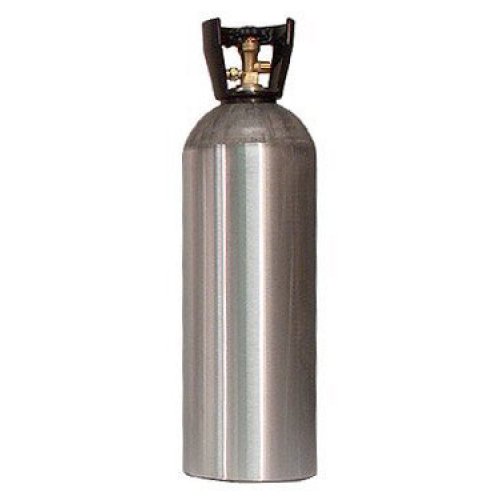 Learning what are the important components and how to maintain a compressor can keep your air conditioner running efficiently throughout its life.
Learning what are the important components and how to maintain a compressor can keep your air conditioner running efficiently throughout its life.
The larger the reservoir, the more air must be compressed to fill it. Typically, you will find that this should not take more than 2-5 minutes. Most standard DIY compressors are advertised as 8 bar or 115 psi and are set to that pressure when purchased.
Tractor Supply Co. supplies a variety of welding gases for homeowners, hobbyists, farmers or contractors. Buy welding gas cylinders or exchange an empty cylinder for acetylene, oxygen or shielding gas filling in various sizes.
A head with large soap bubbles or foam that disappears quickly are signs of an empty CO2 tank. Keep track of how many kegs of beer you use after you fill up your CO2 tank. A five-pound can of CO2 is enough for five to seven half-kegs of beer.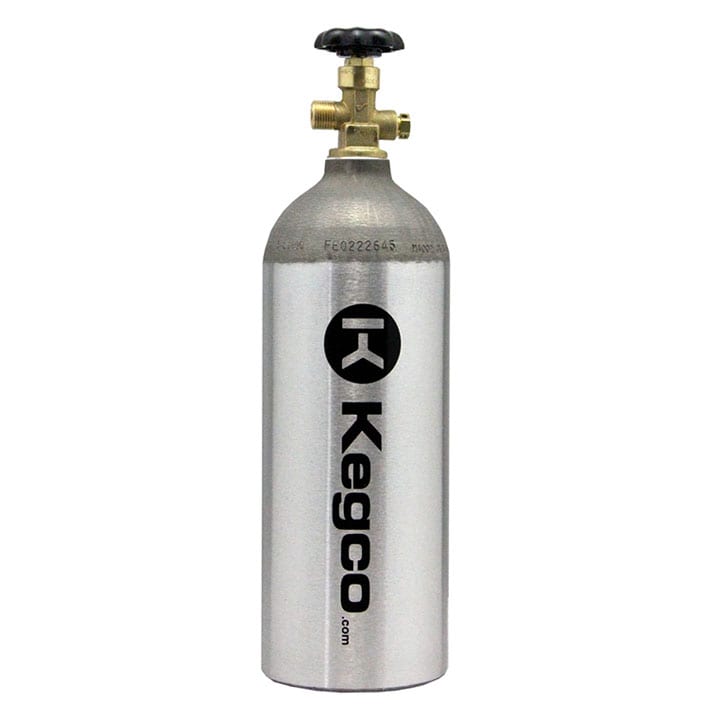
Diversitech Gallo Gun Co2 Cartridges (pack of 12)-GGC-12 - The Home Depot.
If you are using 5lb. The CO2 tank can fill 2 to 4 full size kegs before they need to be refilled. The lower the ambient temperature, the closer you will get to 4 kegs.
It is this pressure that fires the paintball. Compressed air tanks are pressurized up to a pressure rating of 3,000 psi or 4,500 psi (psi). The pressure is then adjusted with a canister regulator to a lower level (450-850 psi) to fire the paintball.
A5 can use CO2 or compressed air. The Cyclone Feed Hopper feeds A5 during the shot, so the ball is always ready to be fired. The A5 is also considered the most customizable gun in paintball! This gun has it all and makes a great addition for beginners or even experienced paintball players.